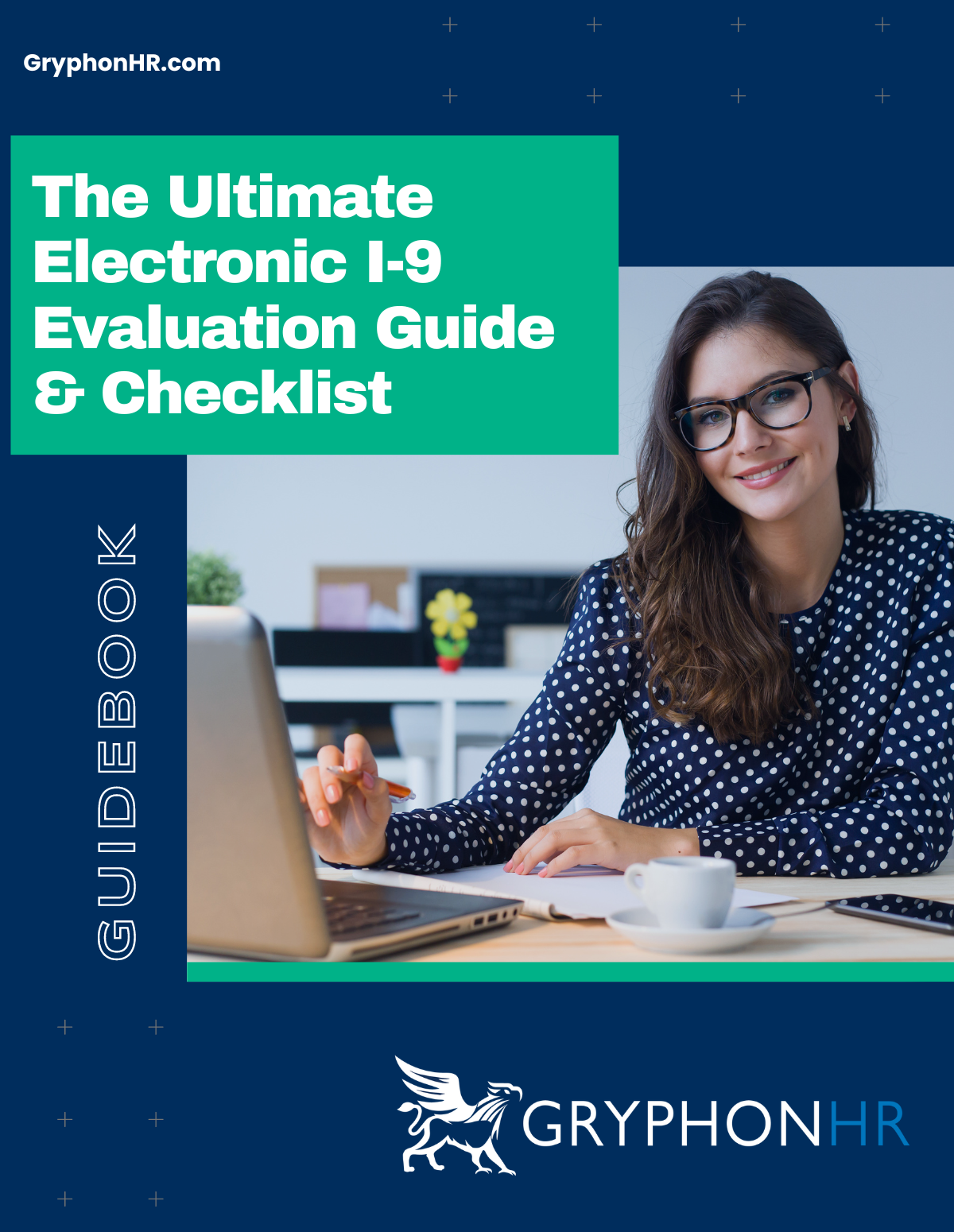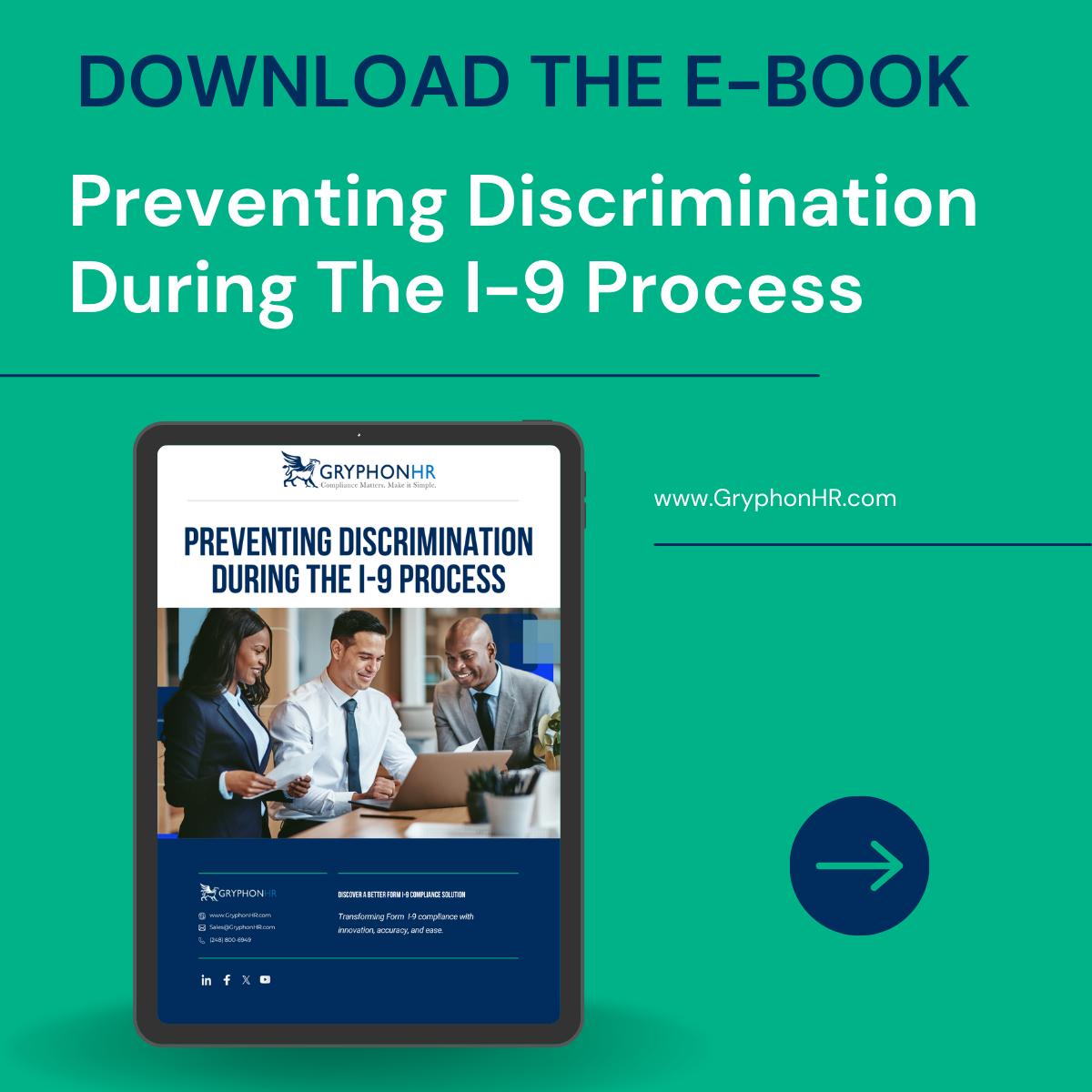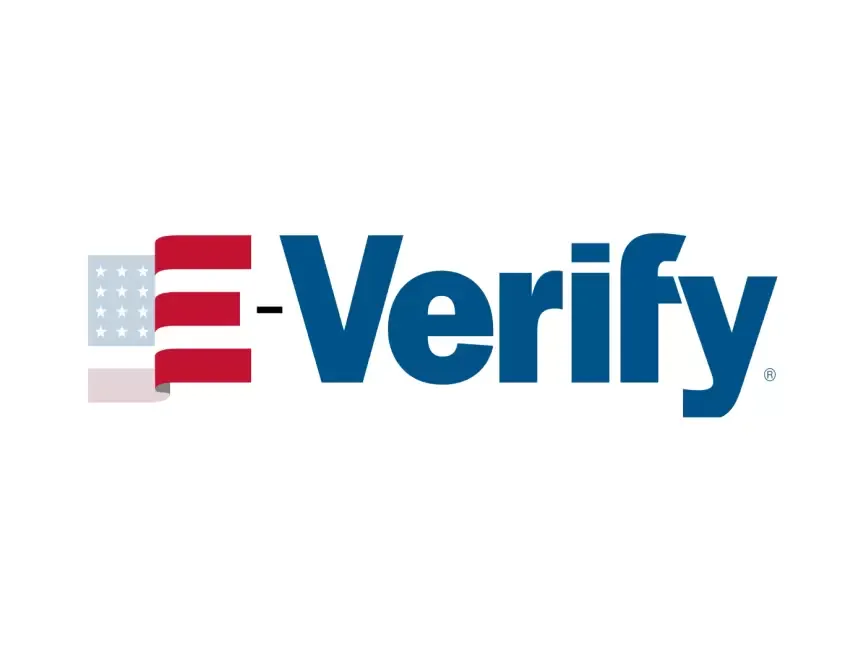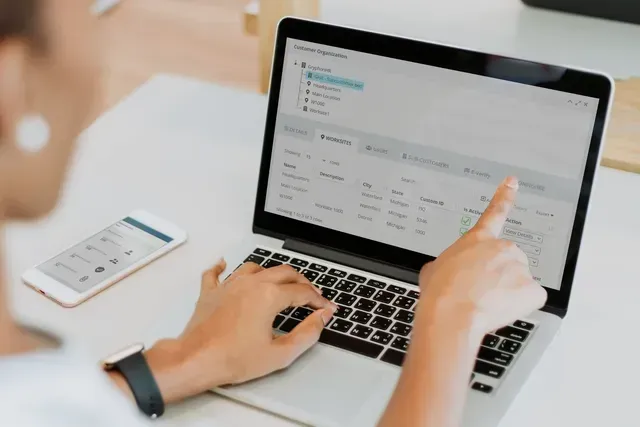Authored By: GryphonHR Blog Contributor
GryphonHR blog contributors include , consultants, researchers, and other subject-matter experts who’ve written content for our blog.
October 3, 2023
GryphonHR, a trailblazer in web-based Form I-9 and E-Verify solutions, is set to unveil groundbreaking enhancements to its product suite at the esteemed Annual HR Technology Conference in Las Vegas, taking place from October 10-12, 2023, at booth 1600.
Navigating the intricacies of Federal regulations governing Form I-9 and E-Verify processes can be a daunting challenge for many hiring professionals. The recent introduction of a new version of Form I-9, mandatory as of November 1, 2023, and an alternative document examination option necessitate adaptation from Form I-9 solution providers.
As these regulatory shifts come into play, it is paramount for electronic I-9 providers to proactively upgrade their software to ensure compliance and convenience. GryphonHR not only incorporates the new Form I-9 requirements but also introduces innovative features for both remote and in-person verifications, ensuring an all-encompassing solution without the need for additional apps, modules, or fees.
Some of the latest features and functionalities to be unveiled by GryphonHR address the evolving I-9 landscape, providing enhanced flexibility and simplified compliance. This includes:
Marc Villella, President of GryphonHR, commented, " Given the USCIS' recent introduction of virtual document reviews (alternative document examination option), we are excited about providing these new features and services. They are designed to streamline the Form I-9 process, offering a more cost-effective and efficient solution, all while enhancing the overall candidate experience."
These initiatives reflect GryphonHR's unwavering dedication to proactively adapting their Form I-9 compliance software to align with evolving federal regulations, fostering innovation, and upholding the highest security standards.
GryphonHR is committed to delivering superior solutions, ensuring the best user experience, and providing clients and partners with the indispensable resources, tools, and support needed for their continued success.
Join GryphonHR at booth 1600 during the Annual HR Technology Conference to experience their innovative offerings firsthand. Attendees interested in viewing a demo of the Form I-9 platform at the conference can schedule time in advance. To book a demo visit: https://calendly.com/gryphonhr/hrtech23.
About GryphonHR
Established in 2018, GryphonHR stands at the forefront of transformation in cutting-edge web-based Form I-9 and E-Verify compliance technology. Their solution sets the standard for intuitive design, regulatory compliance, incorporates top-tier security measures, and offers unparalleled reporting functionalities, all paired with a level of customization that distinguishes them in the HR technology industry.
About The Annual HR Technology Conference & Exposition®
The HR Technology Conference & Exposition®, being held October 10 - 13, 2023 at Mandalay Bay Las Vegas, is the world's largest HR technology event. As the industry’s leading independent event for 20+ years, HR Tech has been a key catalyst for tens of thousands of HR and IT executives in their quest to leverage technology and secure HR’s role as a pivotal component in their company’s overall success. Visit www.HRTechConference.com for details.

Authored By: GryphonHR Blog Contributor
GryphonHR blog contributors include , consultants, researchers, and other subject-matter experts who’ve written content for our blog.
Stay updated on Form I-9 and E-Verify!


Is your I-9 compliance software placing you at risk? Learn more about the compliance requirements for electronic I-9 systems and how to evaluate important features. Skip the form and download this interactive guide!

Avoiding discrimination during the Form I-9 process is critical to preventing liability, hefty fines, and unfair hiring practices. Download our free e-book to learn more.



MENU
STAY CONNECTED
Join our newsletter to learn more about Form I-9.